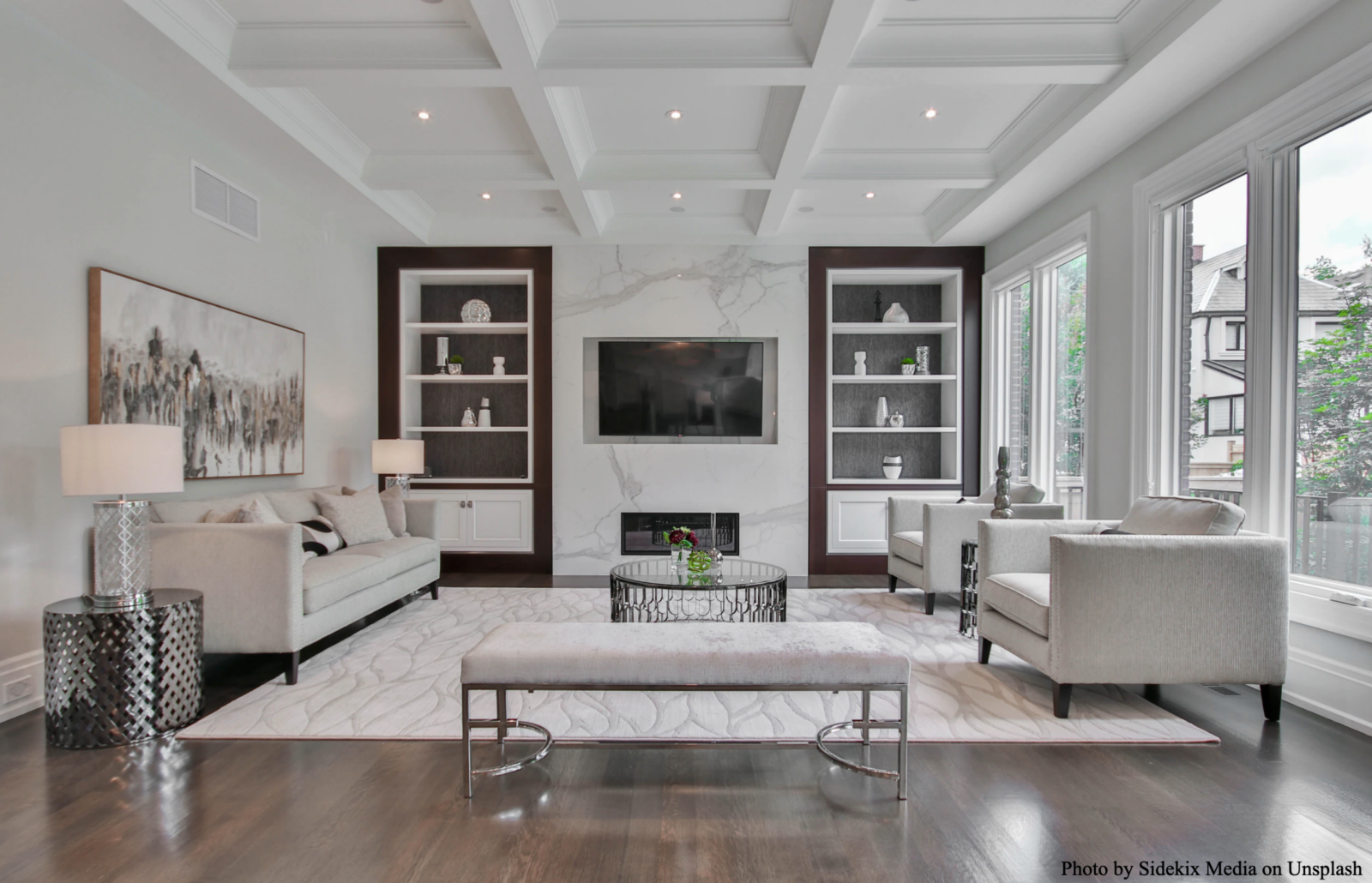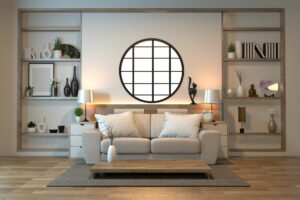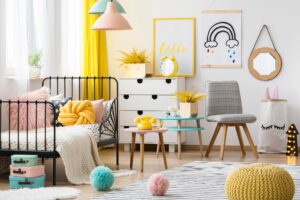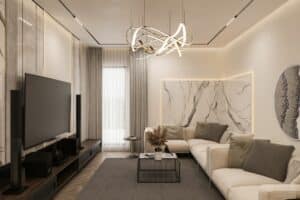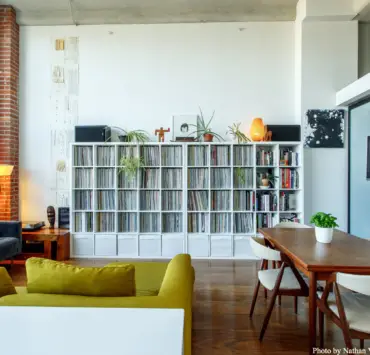Arranging your living room furniture might be a daunting chore, but it’s an important step in creating a useful and harmonious area. When we talk about organizing furniture, we mean everything from sofas and chairs to lighting, artwork, decorations, and floor carpets in your living room. How to arrange a living room while also tying each element together to create a seamless look?
Let’s go through the top ideas for arranging your living room furniture to make sure you’re following the best living room design trends for your home.
1. Begin With a Plan
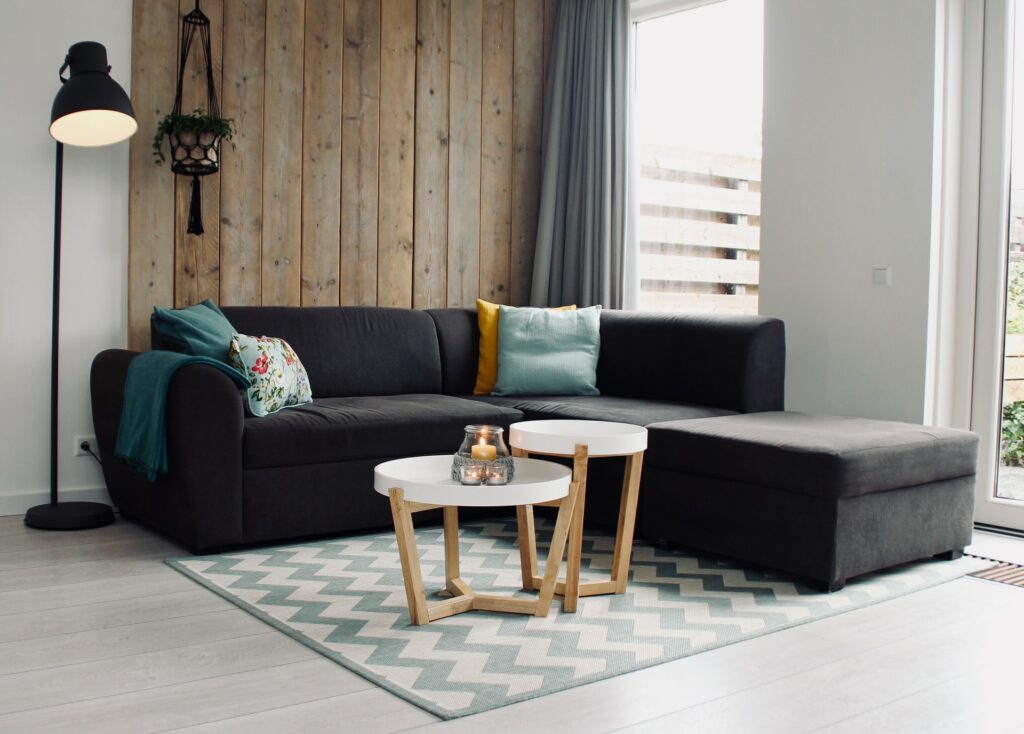
Many of us have a tendency to go furniture shopping and selecting without establishing a plan. Then, as more pieces arrive, the effort of finding a place for them all becomes overwhelming. Then we start worrying about how the couch is going to fit. Is the bookshelf higher than you recall it being? Is the coffee table too big for the space? What about all of these lovely trinkets?
Before you go out and buy the parts you want, think about what you need. It’s easy to be drawn to an item’s visual attractiveness without thinking about what you’ll do with it or where you’ll put it.
Before determining the number of pieces you’ll need, think about how you will use the area. What kind of atmosphere do you want to create in your home? If you want a more formal, sophisticated, elegant, or glamorous look, a symmetrical (one side mirrors the other) furniture arrangement is the way to go.
If you want a relaxed, comfortable, or playful setting? Then think of an asymmetrical design. The mood you want to create will lead you in choosing the proper design and color scheme.
2. Choose a Focal Point
Whether your apartment has natural architectural characteristics or is a vast blank canvas, every living room needs a centerpiece. Your eye will have a place to land if the room has a wide picture window with a view or a magnificent stone fireplace.
Otherwise, you’ll need to develop your own focal point, something that will entice your visitors to enter the room. Nevertheless, you can make a focal wall or a large mirror with textured or patterned wallpaper. Remember that a well-designed living room will significantly increase the value of your home.
You can also create a point of focus by combining your own living room furniture and decor. Finally, install a beautifully matching area rug to complete the look.
3. Allow for Conversations
A conversational area consists of seating that is designed in such a way that it encourages people to interact. You want to have a unified design while keeping the discourse in the room comfy and warm. The last thing you want is for your visitors to have to shout across the room in order to get attention!
You can style the conversation area in a variety of ways, and it is perfect for a budget living room remodel as well.
- A coffee table surrounded by a sofa and two accent chairs.
- A coffee table or ottoman surrounded by two to four accent chairs. (You can use the ottoman as an additional sitting or a table.)
Perhaps, if you have a large room, try setting up a conversation area in the middle; a designer couch that seats 5 or 6 people works great.
4. Scale & Proportion

When it comes to arranging furniture in your living room, balance is crucial. You don’t want all of your large pieces to be at one end and all of your smaller pieces to be at the other. You want the room to have a symmetrical sense about it.
In any home, the correct scale is what makes you feel comfortable and relaxed. Match the size of the room to the proportions of the furniture (tables and art)—this aids in achieving the desired balance and atmosphere in your area.
Size
You can accommodate larger pieces of furniture in a large scale space; the higher the ceiling, the taller the furniture pieces can be, and vice versa. Make sure to select furniture that is of the same scale. When you place it next to one other, an overstuffed sofa and a small side table will appear odd.
White Space
Keep in mind to leave plenty of white space in your room. Less is more in this case! The eye requires a place to rest. Leave some vacant space on the wall and between the pieces of furniture.
Patterns
The pattern rule works in the same way as the size rule! The narrower the space, the smaller the pattern will be, and the less you will be able to blend.
If something doesn’t feel right, it’s typically because it’s not scaled or proportioned correctly for the space. Remove, relocate, or replace everything that doesn’t belong in the room until it’s finished.
5. Proper Lighting for Your Living Room
Pot lights or recessed ceiling fixtures are a popular restoration choice, and they’re often featured prominently in new homes. Installing and operating them is relatively inexpensive.
Furthermore, recessed fixtures have the capacity to cast a large amount of visible light across a large area. The disadvantage here is that recessed light fixtures do not provide the optimal lighting for specific chores that frequently occur in our living rooms, nor do they provide a pleasing light for date nights. Pot lights draw attention to any flaws on the face and have a harsh color tone.
When you use them appropriately while designing your home, table lamps will provide an inviting and elegant atmosphere. The filtered light will help you create a welcoming and relaxed environment for your guests.
6. Hang the Right Size Artwork
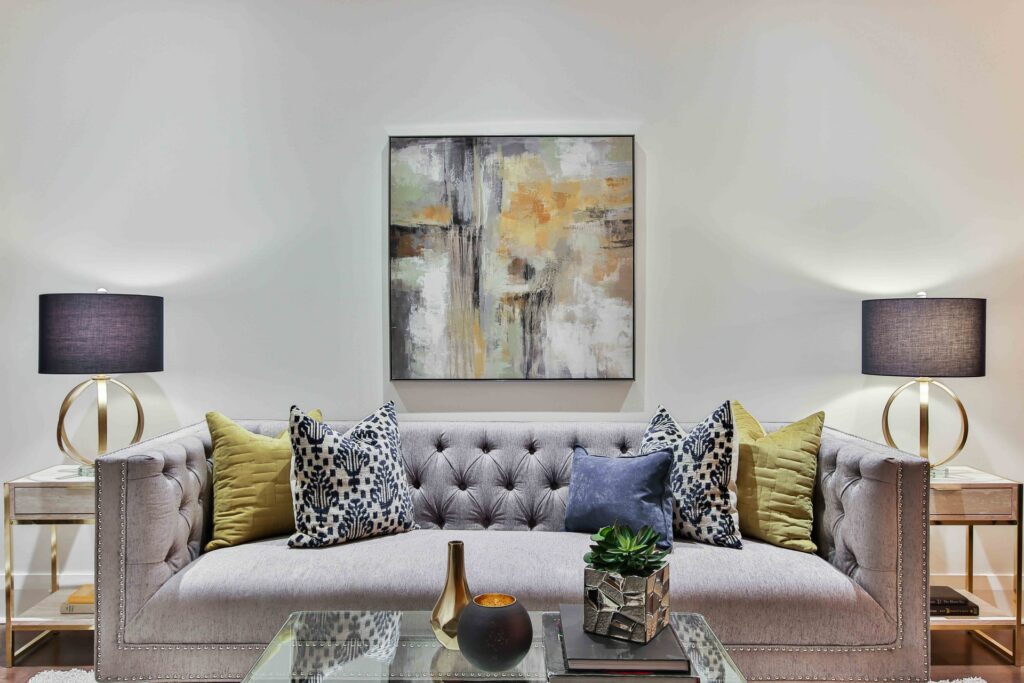
You can begin by determining how much wall space you have. A smaller work of art, in general, appears best when it is ‘contained’ on a smaller wall. This can be a little stem wall or the space between a door and a window. As you walk up to the artwork, you can appreciate minor parts more fully.
Alternatively, the height at which the painting is hung on the wall is an important consideration. Most artwork is best viewed at eye level, which is 58 inches from the floor to the piece’s or grouping’s center. You can hang it 4-6 inches above a sofa. Pieces that hang above an entryway, in a stairwell, or above your fireplace are exceptions to this guideline.
If you’re planning to pursue this project, don’t let the process of how to arrange a living room intimidate you. You’ll be able to tackle it like a champ by simply following this guide!
